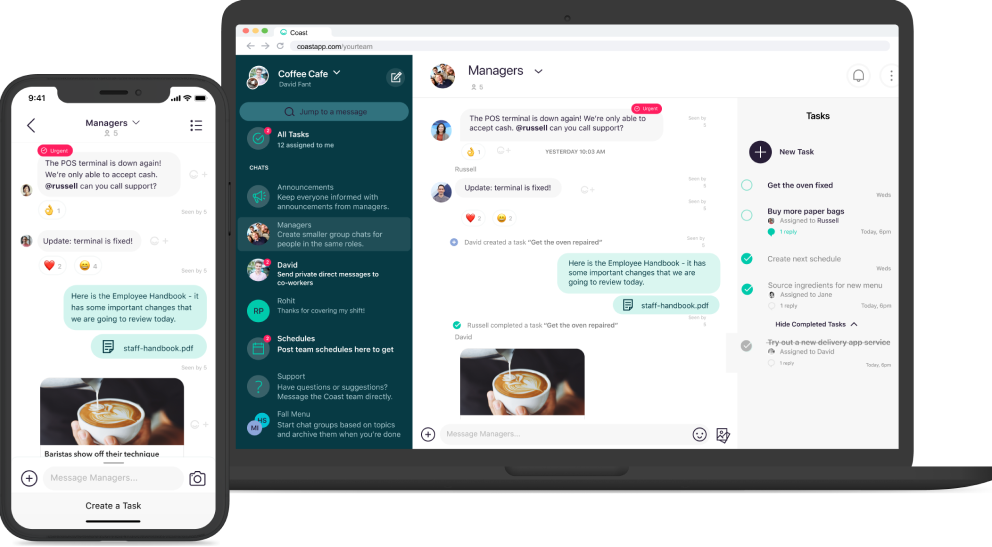PPP Loan Forgiveness Calculator
Last updated February 22, 2021
If you received a Paycheck Protection Program Loan, you might be wondering how much of that loan may be forgiven. Use our PPP Loan Forgiveness calculator to estimate how much of your loan may be forgiven. We will continue to update our calculator and FAQs on this page as additional guidance is released. For more information, check out our FAQs below!
Please keep in mind this information is changing rapidly and is based on our current understanding of the programs. It can and likely will change. Although we will be monitoring and updating this as new information becomes available, please do not rely solely on this for your financial decisions.
